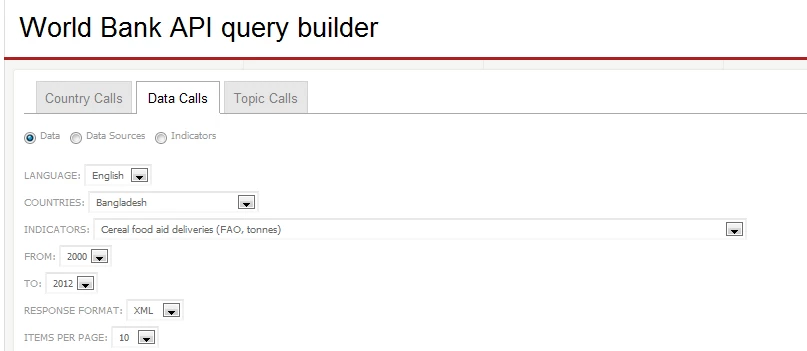 Dominic Chavez/World Bank
Dominic Chavez/World Bank
Having celebrated International Day of Families on May 15, it is now a great opportunity to reflect on the existing frameworks that support working parents at home and at work. Paid family leave has been a main area of reform in the past few years, as a significant number of countries have passed laws providing parents with the right to paid leave to care for their children . For example, Armenia became one of the 114 countries (out of the 190 measured) that introduced paid leave for fathers after its amended Labor Code came into effect in 2021.
The World Bank’s Women, Business and the Law project measures progress towards gender equality through eight indicators structured around women’s interactions with the law as they move through their careers. One of the indicators is Parenthood, which includes information on leave policies for parents. With an average score of 55.6 out of 100, this year’s WBL report revealed that Parenthood remained the lowest scoring indicator in the past year . This finding is very concerning because research has shown that adequate leave policies for mothers is associated with women’s better labor market performance and a lower risk of poverty for households, especially so for single mothers. Additionally, researchers have linked fathers’ uptake of leave with increased earnings for the mother, reduced mother-absenteeism due to sickness and higher female employment in private firms.
Less than two-thirds of countries with maternity leave guarantee at least 14 weeks
At the international level, the International Labour Organization’s (ILO) Maternity Protection Convention, 2000 (No. 183) mandates a minimum of 14 weeks (or 98 days) of paid maternity leave for the birth of a child. In the last decade, 38 countries have increased the duration of their paid maternity leave, with 22 of them meeting the minimum standard. Although you might think that most countries would have reached the 14-week threshold by now, less than two-thirds (or 64%) out of the 184 countries with some form of paid leave for mothers at the national level are complying with the ILO mandate (Figure 1).
Figure 1. Number of countries with at least 14 weeks of paid leave for mothers (2011-2021)
Source: Women, Business and the Law database
We find it exciting to observe that in the last ten years, countries are catching up and reforming their laws. For example, in 2011, Colombia increased paid maternity leave from 84 to 98 days, and in 2017 to 126 days. In 2019, Ethiopia raised its paid maternity leave days from 90 to 120. In that same year, Suriname introduced 16 weeks of paid maternity leave for the first time—a major improvement considering that it previously had no paid leave policy for new parents.
37 countries adopted paid leave for fathers in the past decade
Reforms on paid leave for fathers have likewise gained popularity since 2011. Indeed, 37 countries introduced paid leave for fathers in almost every region of the world, and in 2021, there were 114 countries with paid leave for fathers (Figure 2). Reformers include Panama (three days of paid paternity leave introduced in 2017), South Sudan (14 days of paid paternity leave in 2019) and Spain, which gradually increased paternity leave in 2019 and reached 16 weeks—the same as maternity leave—in 2021.
Figure 2. Number of countries with paid leave for fathers through paternity leave or reserving parental leave for fathers (2011-2021)
Source: Women, Business and the Law database
Though the average length of paternity leave is still alarmingly short, at about seven days, it is important to note that it was only three days a decade ago (Figure 3). Some progress has also been made on the average paid parental leave days explicitly reserved for fathers through “use-it-or-lose-it” policies, fathers’ quotas, or individual entitlements. Fathers’ parental leave increased from approximately five days (or 57.5%) to almost two weeks during the same period (Figure 4). However, the number of paid leave for fathers is still only under three weeks (combining the two mentioned above), which is only a fraction of leave days for mothers under the ILO standard.
Figure 3. Average paid paternity leave days (2011-2021)
Source: Women, Business and the Law database
Figure 4. Average paid parental leave days reserved for fathers (2011-2021)
Source: Women, Business and the Law database
Aimed at increasing the amount of leave available to both parents and at redistributing childcare responsibilities between men and women, the European Union passed a new directive that tries to address the imbalance in the design of work-life balance policies between women and men that reinforce gender stereotypes and differences between work and care. It is important to highlight that gender equality in the home is needed to achieve gender equality in the workplace.
While equalizing paid leave policies alone will not achieve gender equality, it is a necessary step for societies to move in the right direction . Legal reforms and their adequate implementation can contribute to making gender equality a reality and hopefully making the data we showcased here less shocking in the future.
Where would you like to see the next reforms happen? Read our Women, Business and the Law 2022 report and download our 52-year panel data. You can use the data and analysis to amplify the need to help working parents at home and at work and advance the progress to gender equality. Tell us what you think in the comments!







Join the Conversation